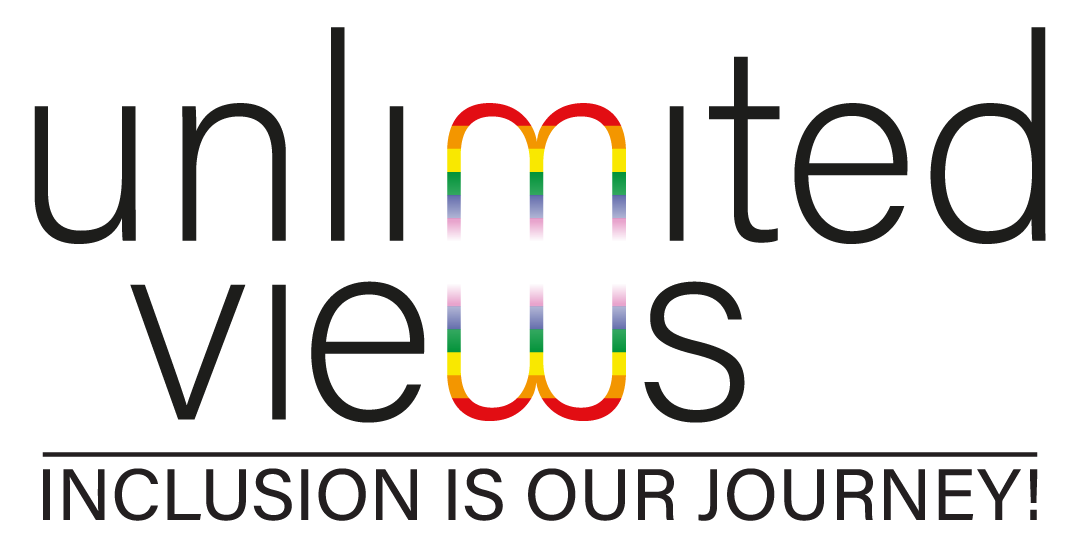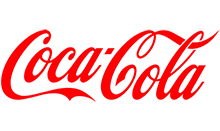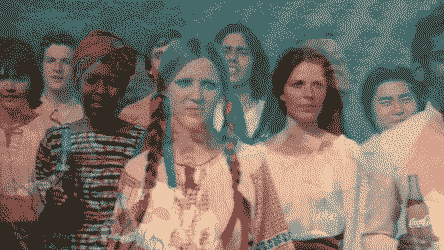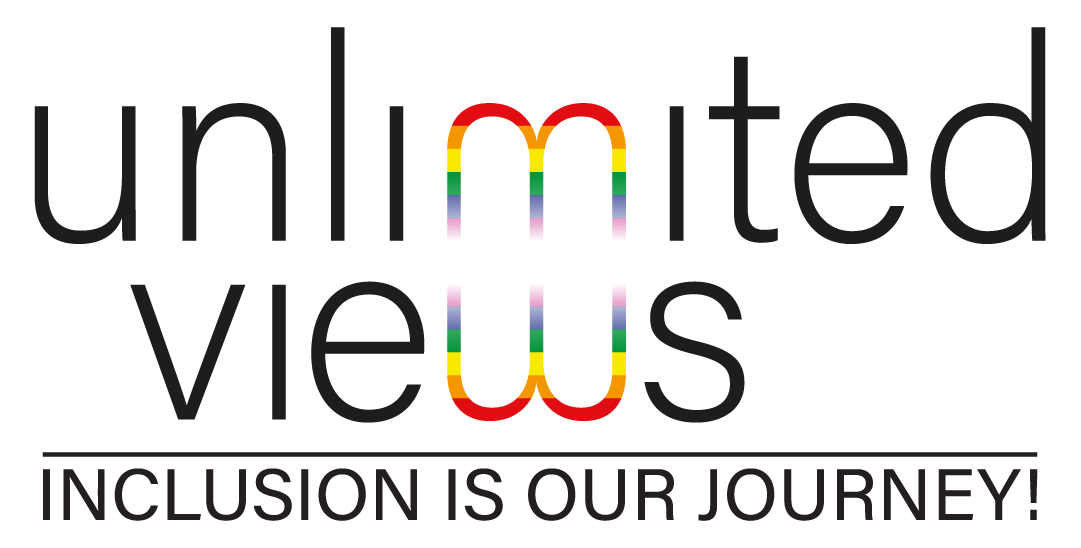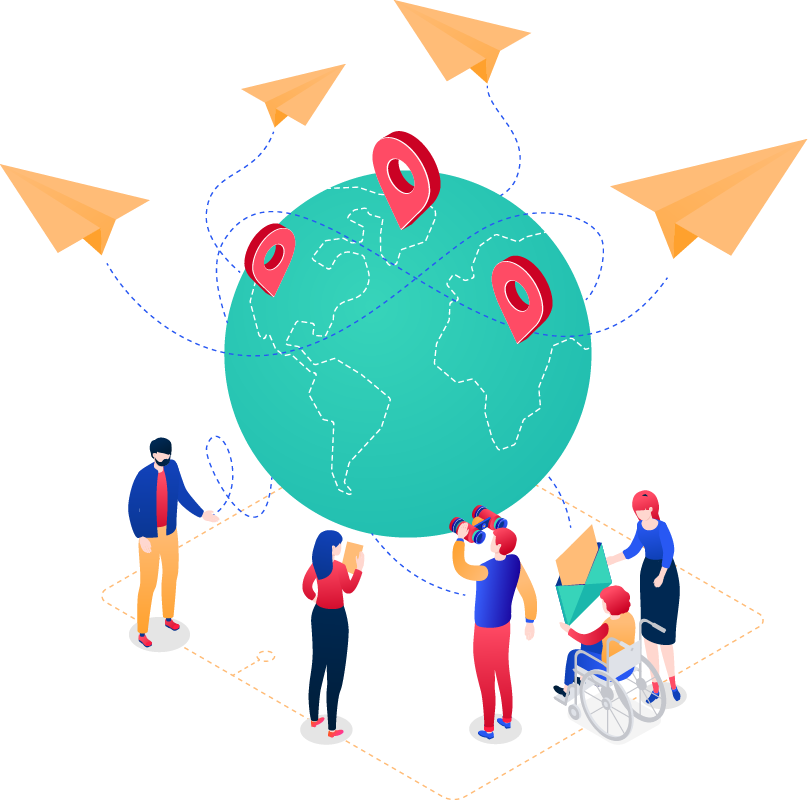
Diversity, Inclusion, Equality
Diversity represents the collective of viewpoints that each of us contributes to thanks to our different backgrounds and experiences. Unlimited Views explores this diversity of perspectives. The macro-factors, considered to most influence someone’s point of view, are gender, ethnicity, generation, sexual orientation, disability, and religion.
Inclusion is the ability to build an environment where everyone is welcome, respected, supported and empowered to participate.
Equality is the guarantee that all the people that form an organization are given equal access to opportunities, through the removal – or reduction – of imposed prejudices that, in the past, may have prevented the full participation of some minorities.
Born in the 80s
In 1987 William Brock, Minister of Labor for the United States under the Reagan administration commissioned the Workforce 2000 study to investigate the emerging trends of the US population for the upcoming 21st century. The report stated that “only 15% of the people who were entering the labor market in the 13 years following would be white Native American men, compared to 47% of those then present in the workforce”. The report highlighted the fact that, for the United States to continue to prosper, three things would be necessary:
-
maintain a dynamic, aging workforce
-
reconcile the conflicting needs of women, work, and families
-
fully integrate black and Hispanic workers into the economy
So conversations surrounding diversity and diversity management began, followed by other topics over the years such as inclusion, equality, and belonging.
Pioneering Brands
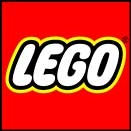
Lego in the 1970s communicated forward-thinking messages, for example: “Concerning parents. The desire to create is equally strong in all children. Males and females. It is the imagination that counts. Not skill. […] A bed or a truck. Many kids like to build dollhouses. They are more human than spaceships. Many girls prefer spaceships. They are more exciting than dollhouses. The most important thing is to put the right material in their hands and let them create what they want. “
Inclusion Leveraging Business
Boston Consulting Group, McKinsey, Harvard Business Review, Deloitte, Glassdoor are key players which, in the last 5 years, have shown through data, that the ability to embrace diversity is an important competitive advantage, acting as leverage for overall business performance, along with a secondary benefit in creating a more cohesive company culture. Hence, in recent years, the focus within companies has been on different initiatives from the 1st level of training up to the most advanced diversity coaching.
The Double Meaning of Diversity
In Italian, the word diversity harbors a mixed meaning: its etymological root stems from “divertere” (meaning to deviate or turn away) but also “divertirsi” (to have fun). The contradiction lies in the fact that the term, on the one hand, communicates fear for the unknown, and on the other expresses the opportunity to look with curiosity and discovery towards the unknown. Today the feeling that prevails is often the first, a feeling of danger and threats, while only the most insightful have grasped all its potential (perspective, growth, exchange). As it’s easier, and safer, to stay with the known than to expose yourself to change. What is certain is that diversity will only grow more in subsequent generations: an increasingly global world and supported actions will lead to widespread diversification and so only those who are positioned to embrace it will be able to reap its benefits.
Diversity and inclusion strategies
for Diversity Management
Diversity
Management
First step:
Training and Education
Learning and
Development
Sustainable Culture of Inclusion
with Diversity coaching
